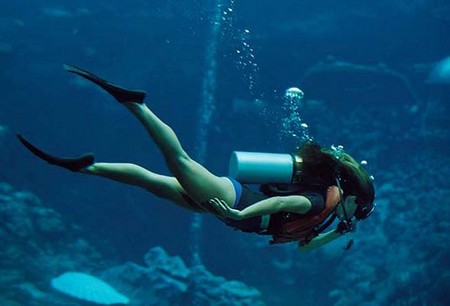A collapse dive is the most basic dive a goalkeeper can do in soccer. It is a simple four-step process and every other dive a keeper learns will derive on or after the collapse dive.
While preparing for a collapse dive it is very important to make your start in the proper stance. You ought to be on the tips of your feet, with your feet and shoulder exactly the same width apart. Positioning yourself on the tips of your feet would increase your comeback on the ball and you would most likely be able to protect the goal. Have your hands up and your knees bent slightly in order to lessen the center of gravity with the ground. Remember, in all these games like soccer, rugby, cricket etc, posture is the key.
Stay vigilant when the opponent reaches your goal. Start by taking a step frontward and to the side that you want to dive to. Be careful that you do not step directly sideways. Instead first, step forward and then to the side and then start to lean in that direction.
With your arms outspread, make contact with the ball. Catch it on your fingertips, and have the ball held in such a way that you can trap it against the ground as you land. Position your hands in such a manner that your one hand is on the rear of the ball while the other is on top, for when you land.
As you land, be sure that you have your arms outstretched ahead of you. One of the very essential parts of such a dive is keeping your bottom elbow out from under you to avoid injury. Land along your side, and not on your stomach as this may bring injury. As you bring the ball down, pin it against the ground, as mentioned previously too, with one hand on top and the other behind it. This way if the ball bounces out of your grip, it would at least not go behind you into the goal. Of course you would not want to lose your grip too far on the ball especially with an opponent player right near you trying to hit the goal against you.
Lastly, the most important step, although many goalkeepers think it’s silly. When you have the ball completely secure in your control you would want to come to a knee before bringing your other leg up. This is important for balance protection and will become a very imperative step in all of the other dives a goalkeeper must master.
